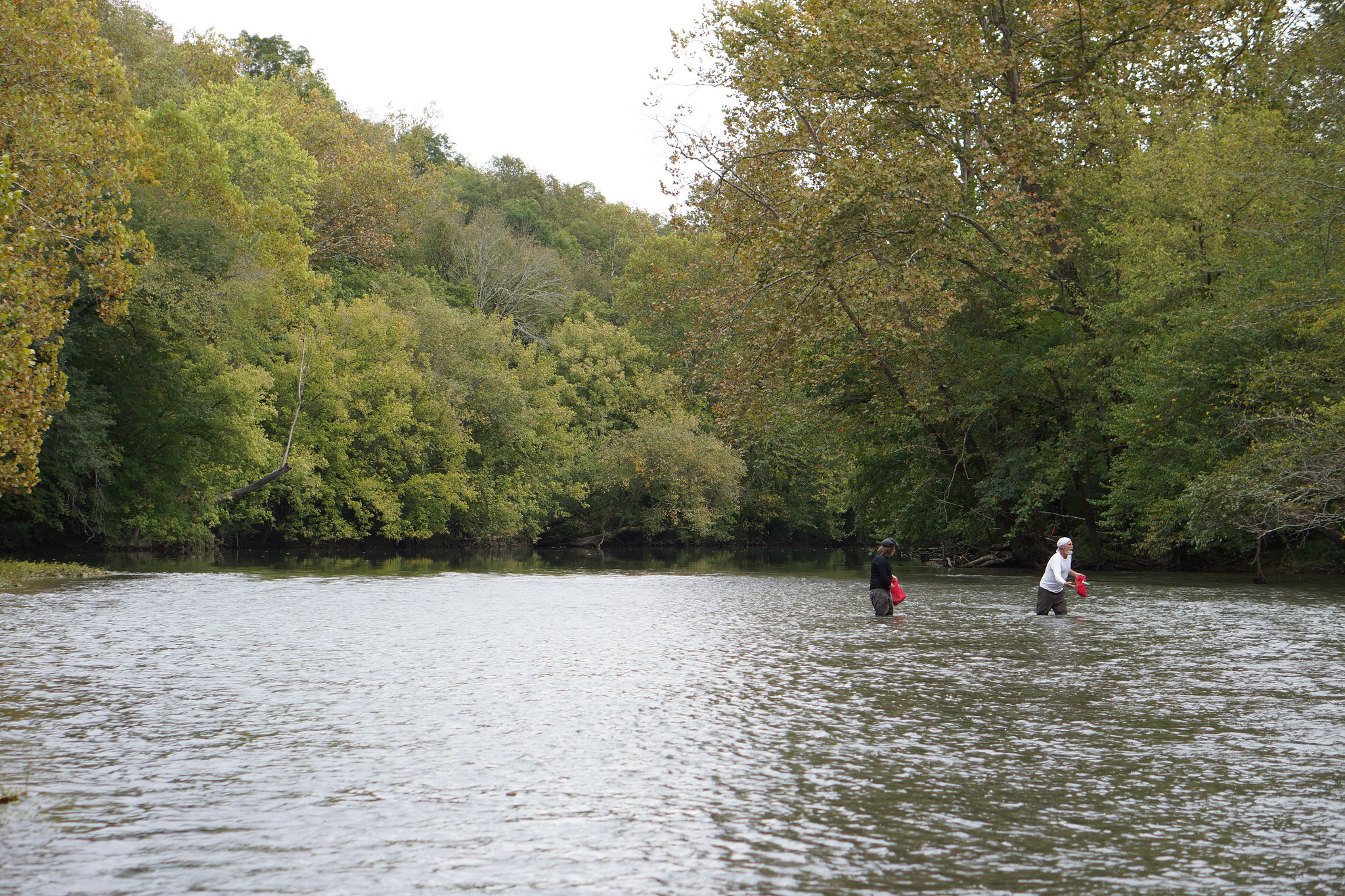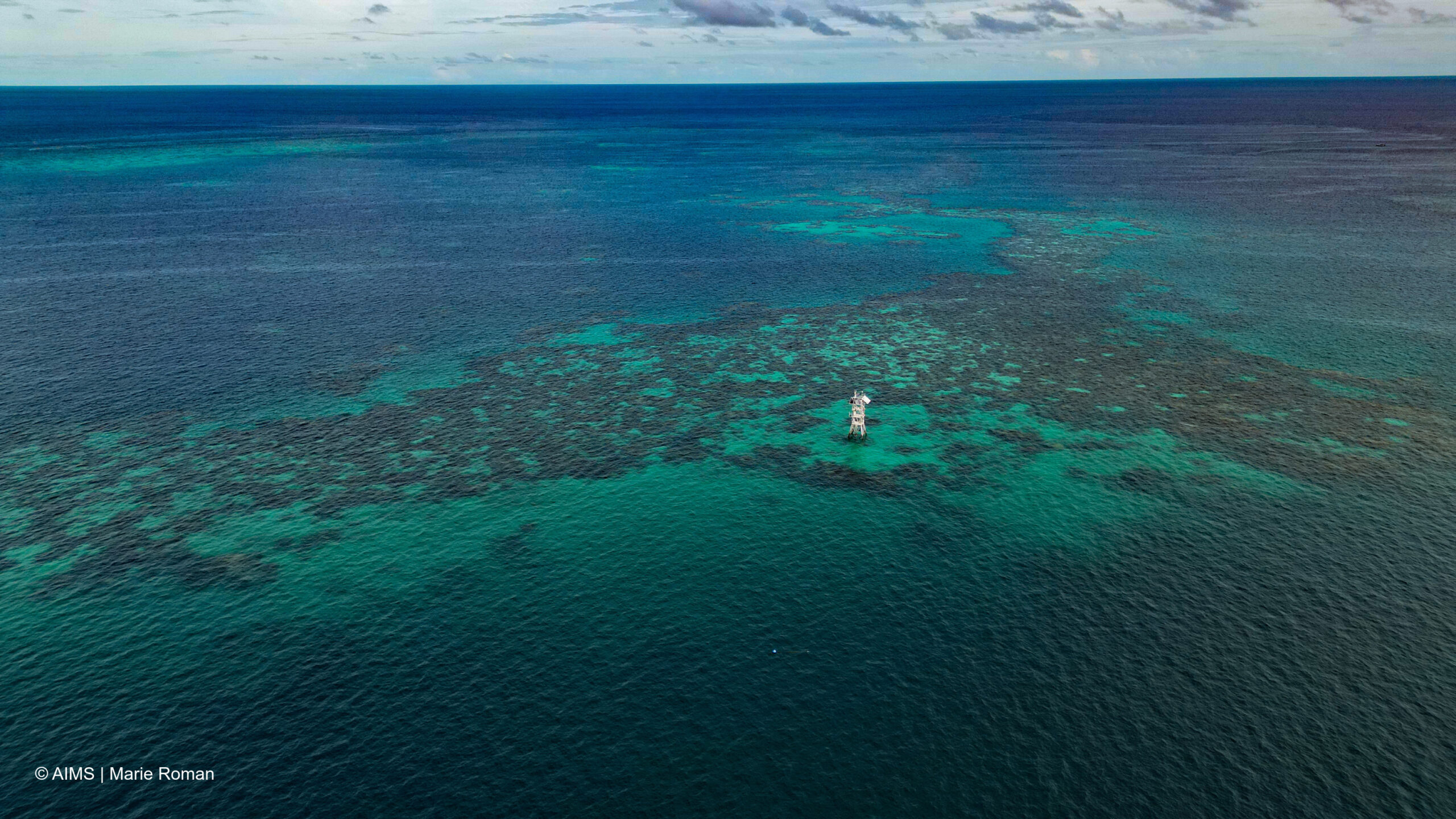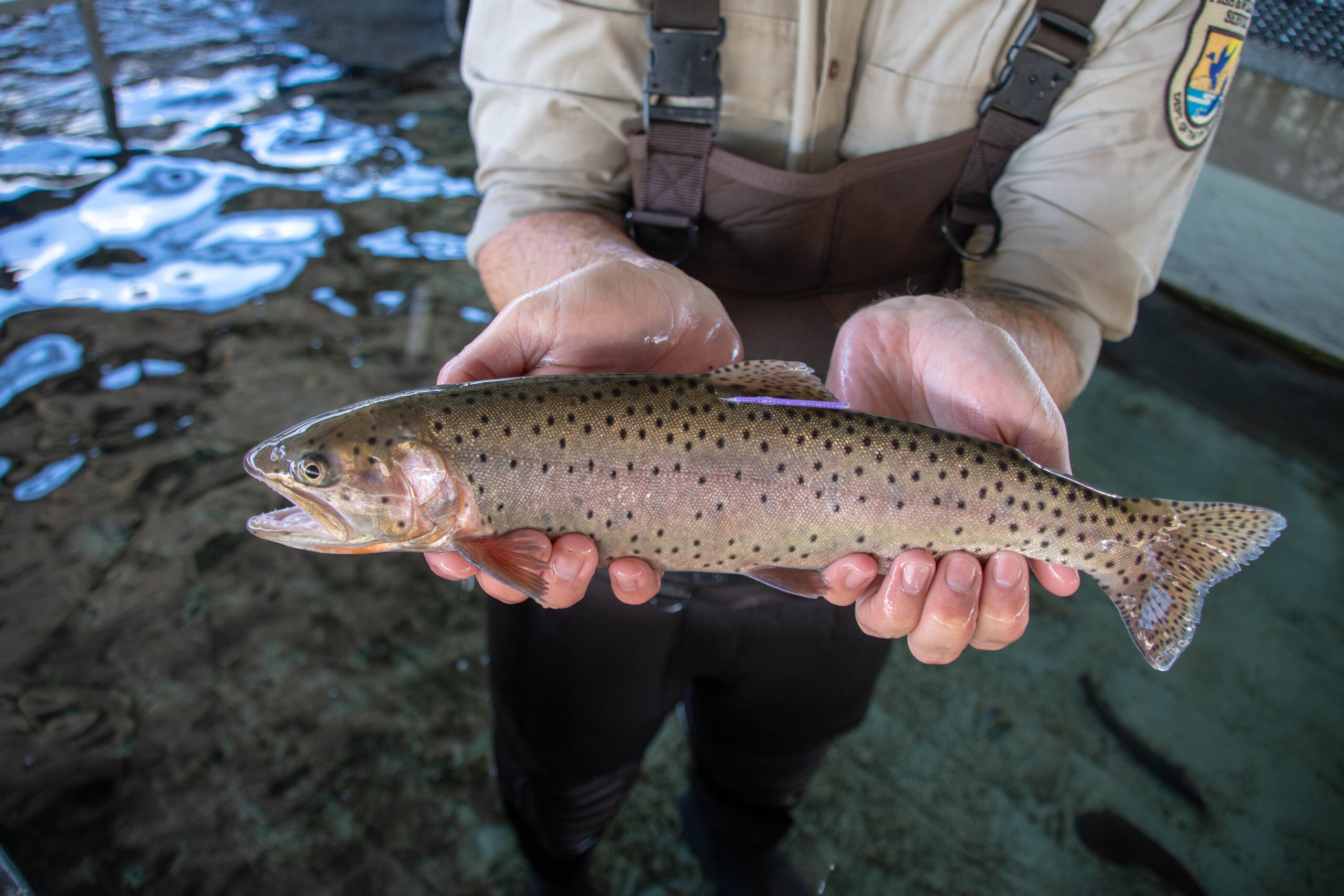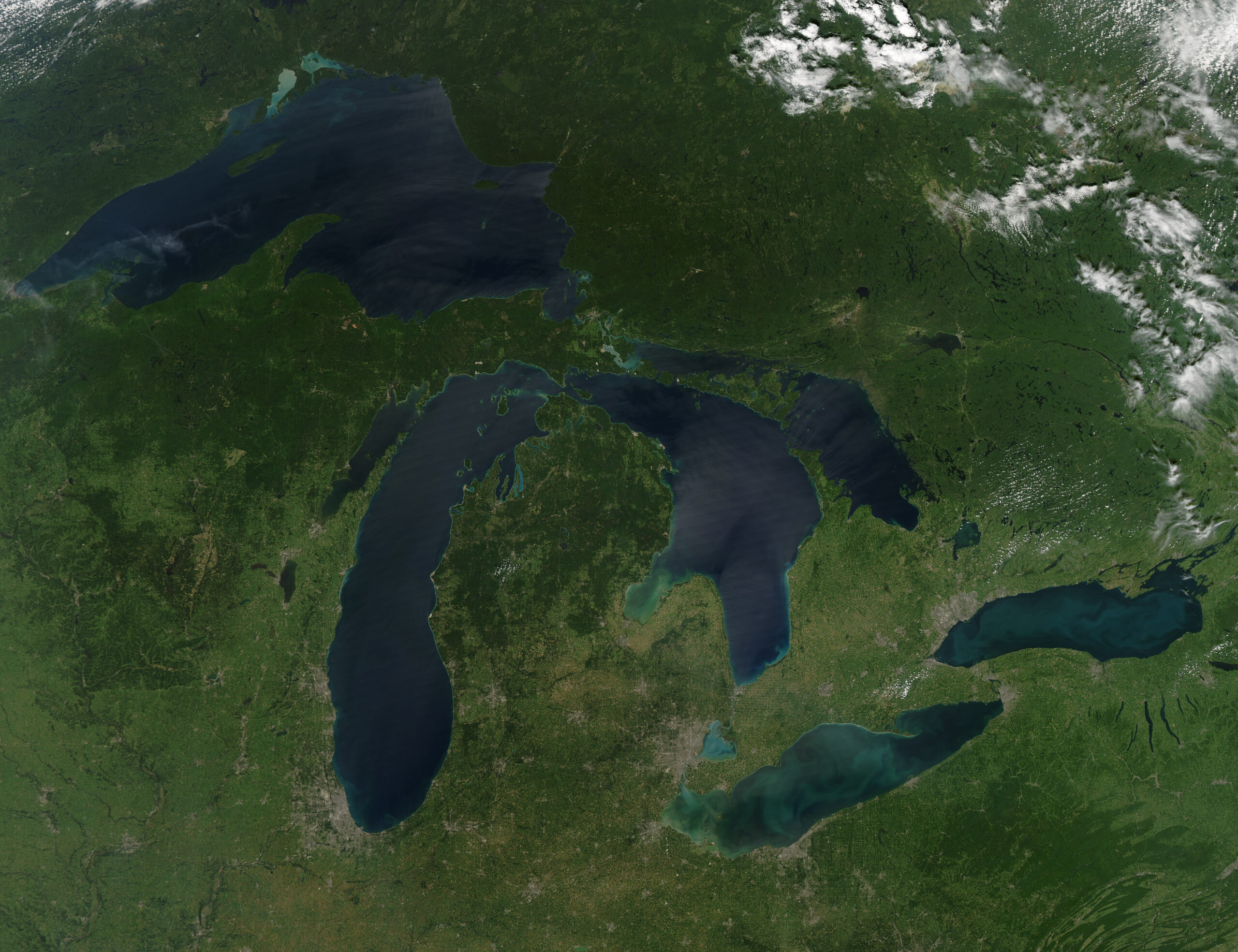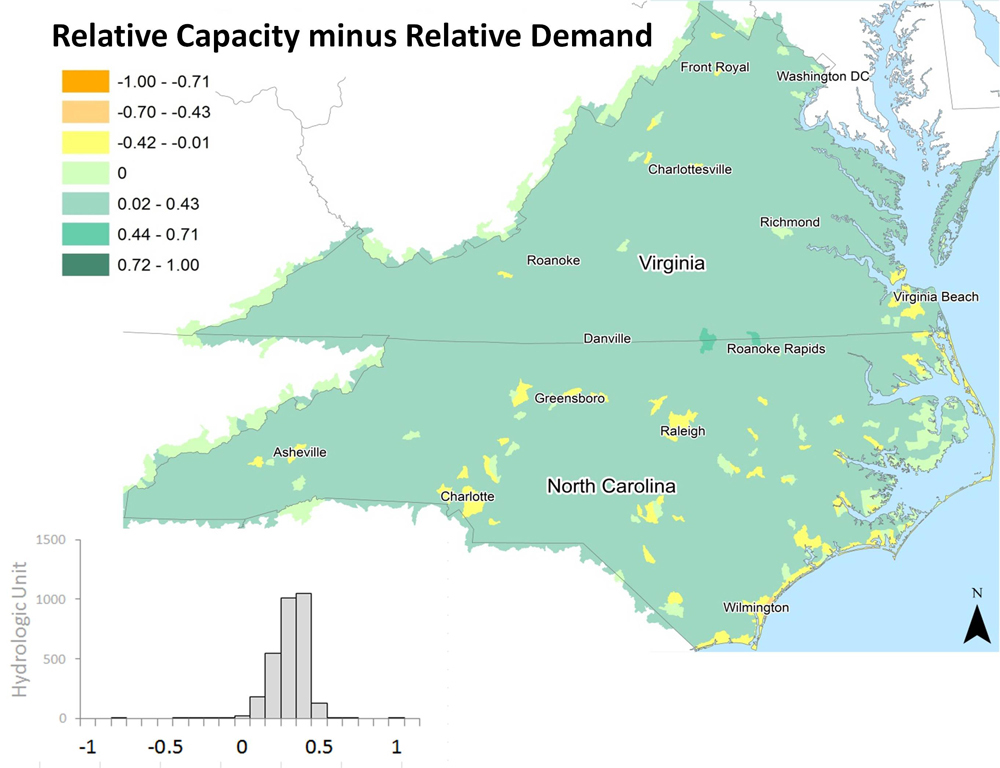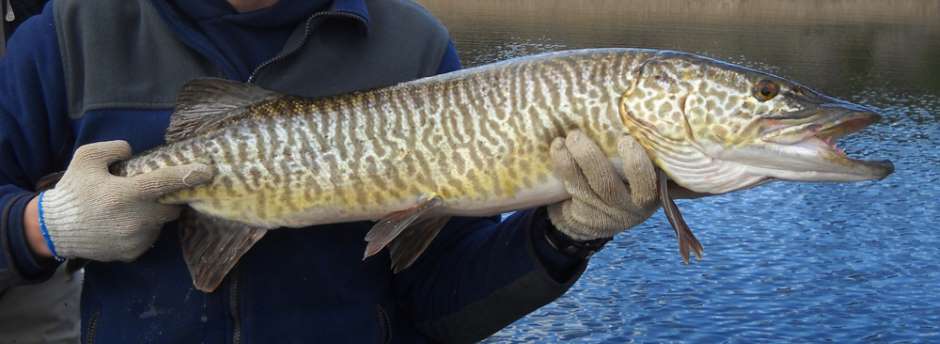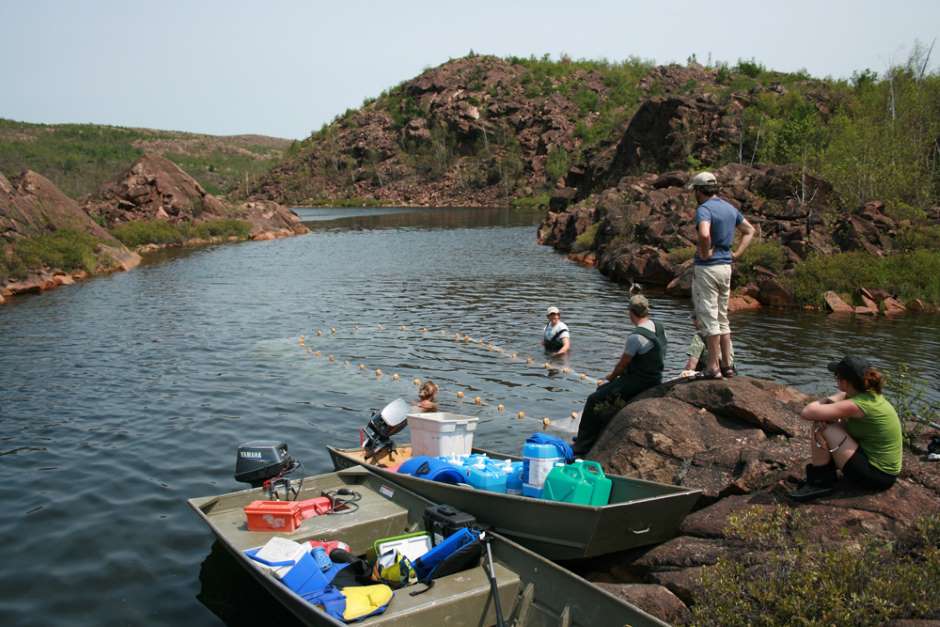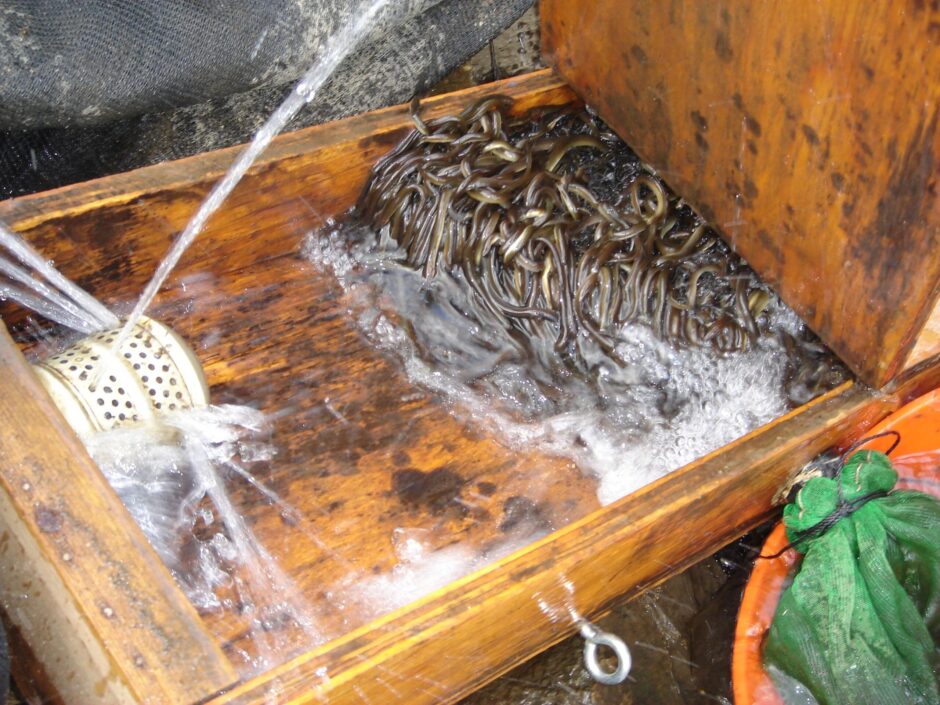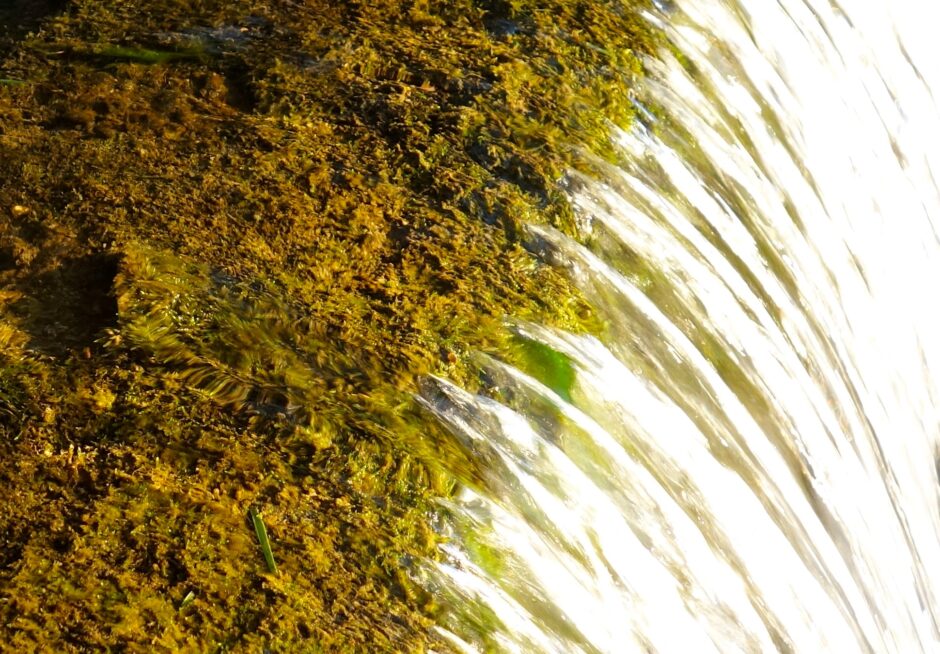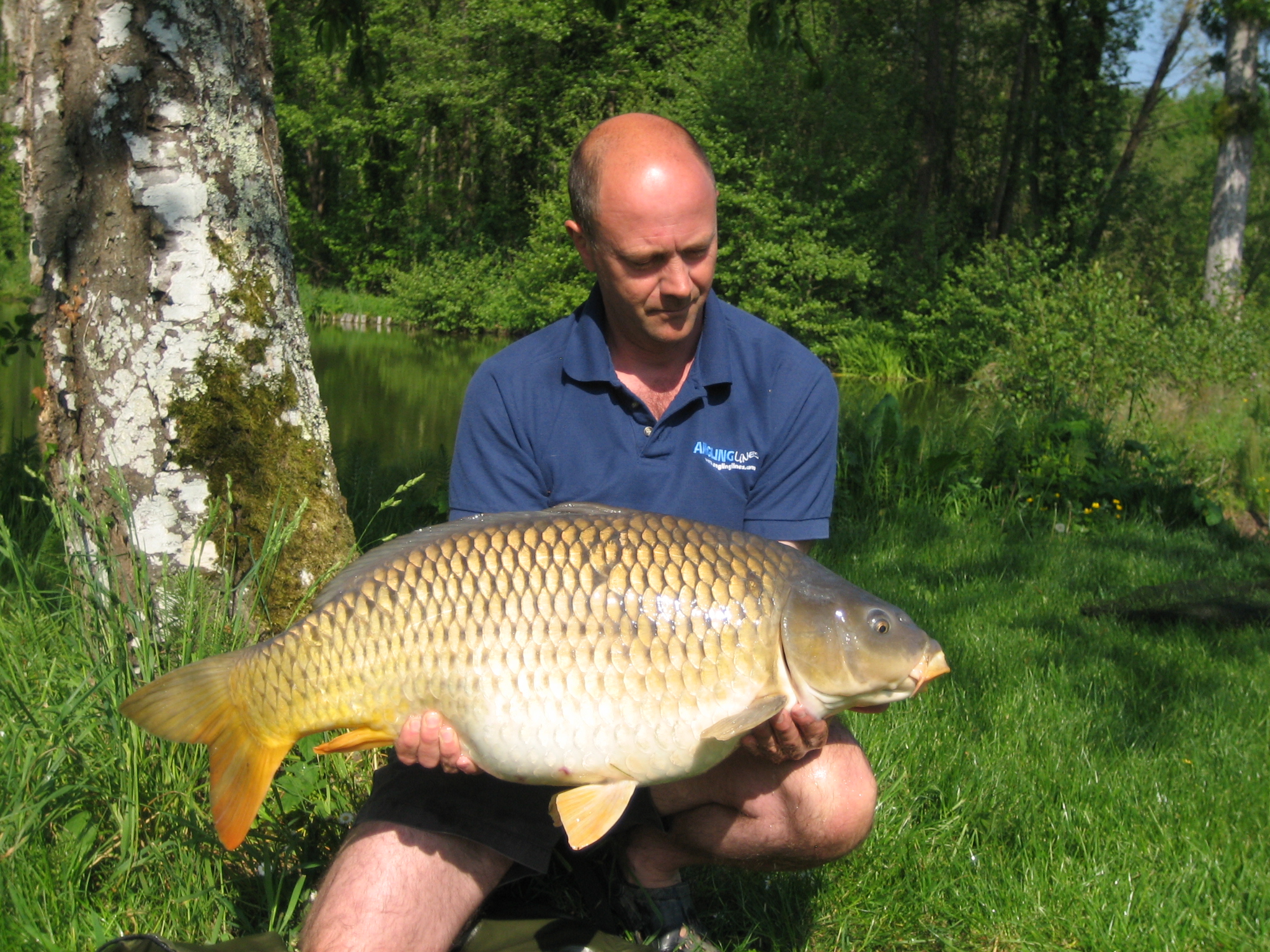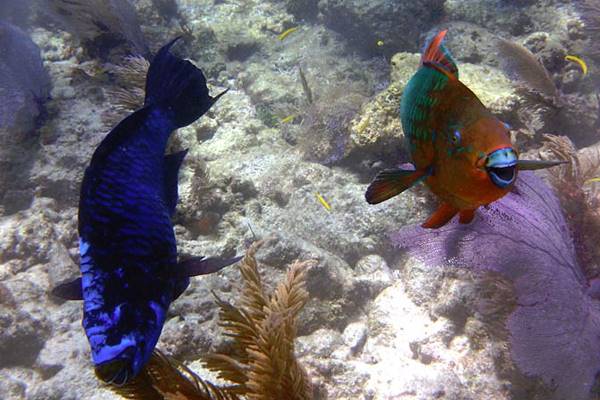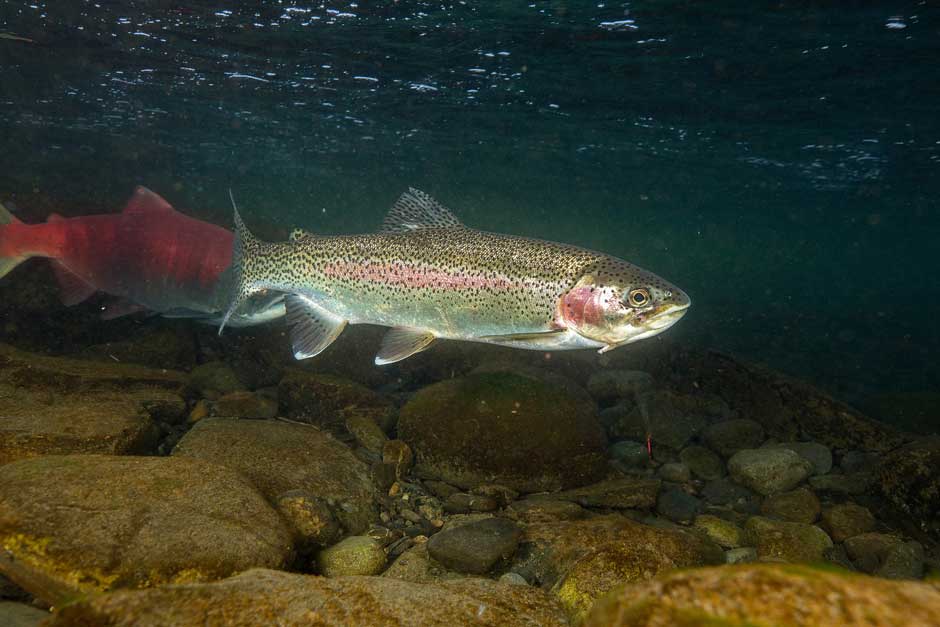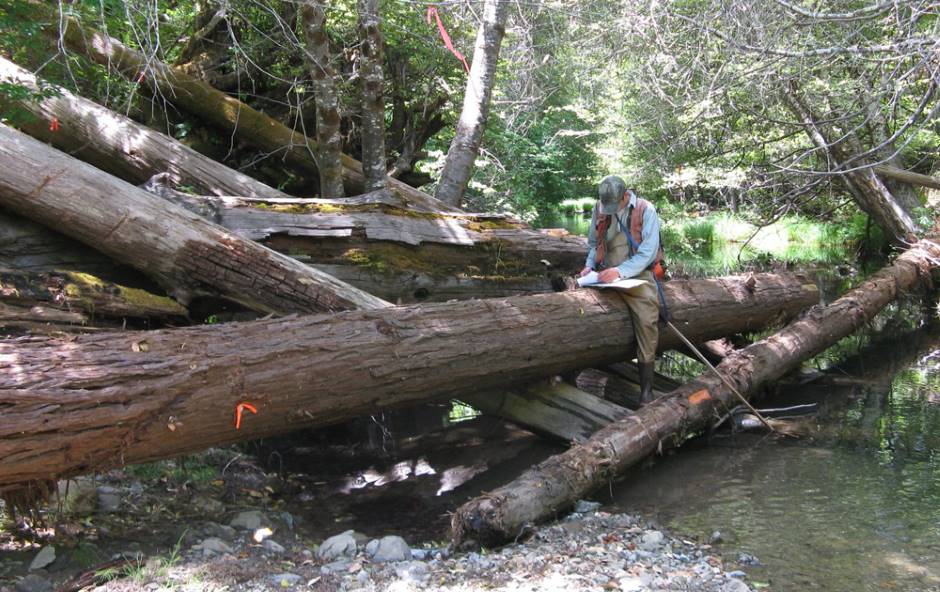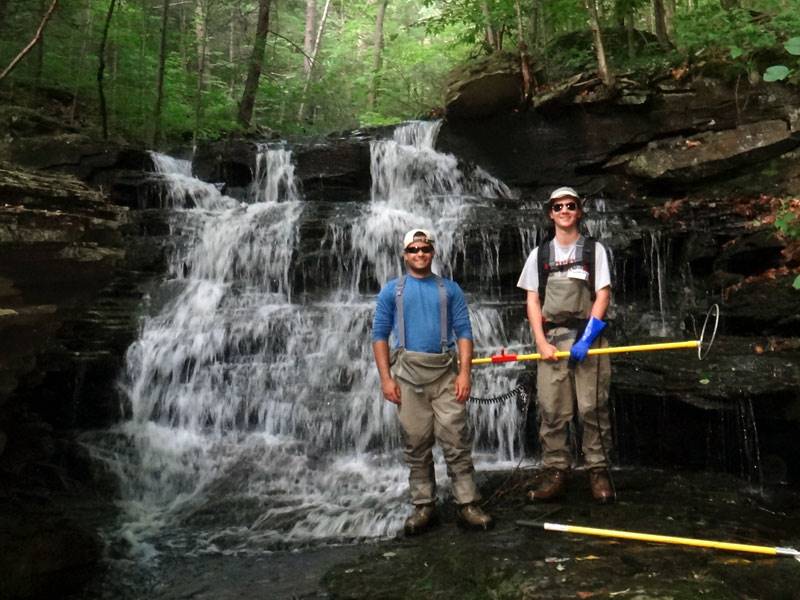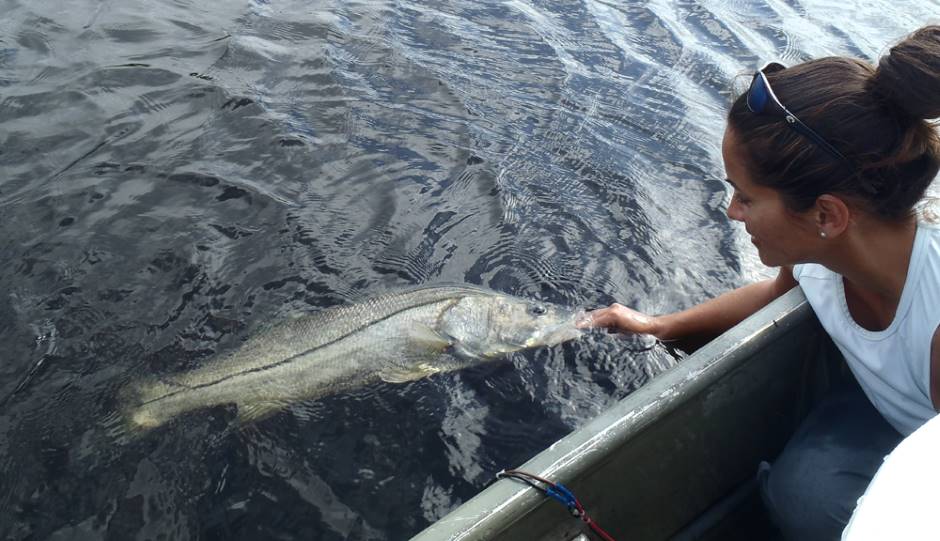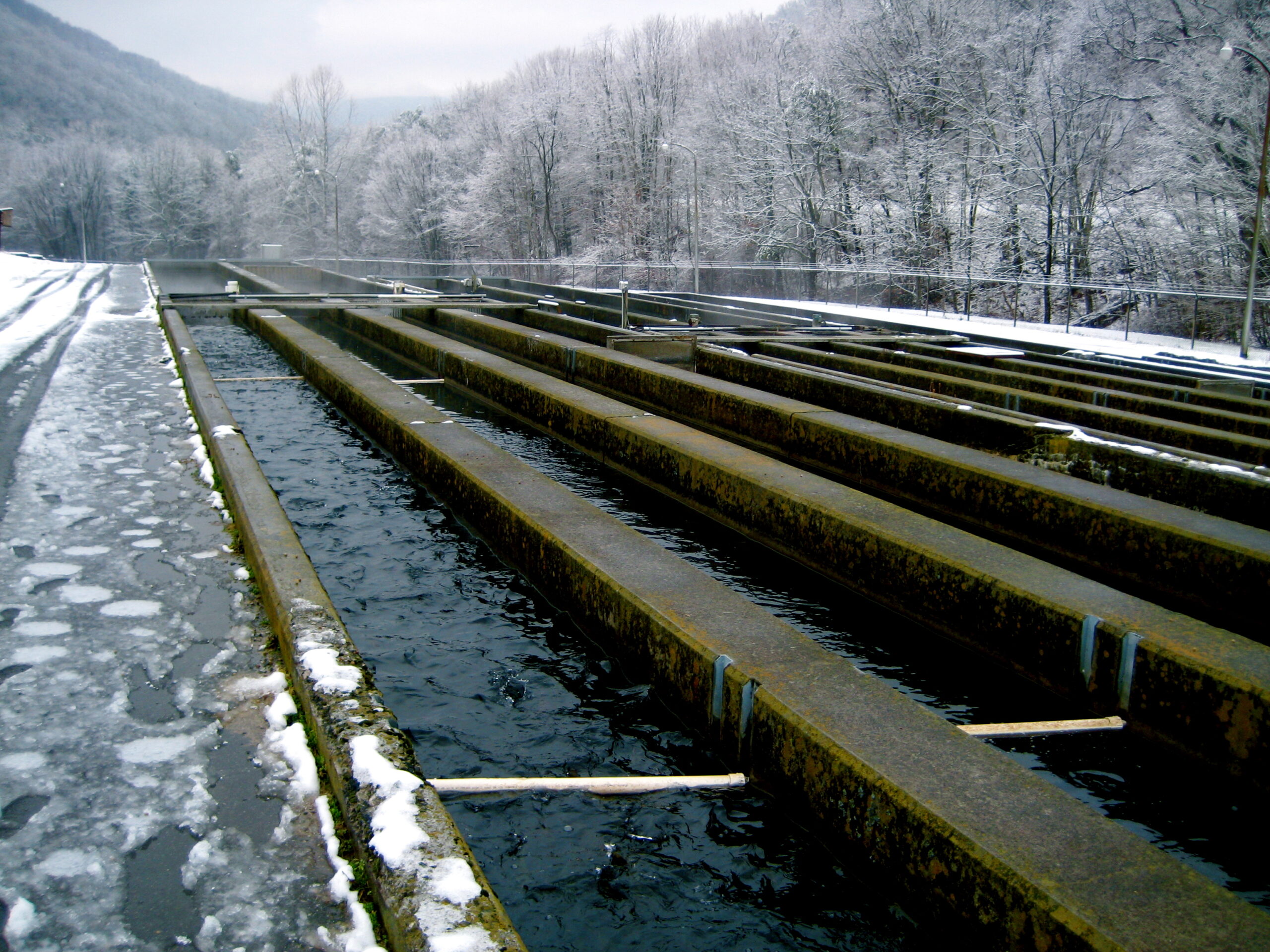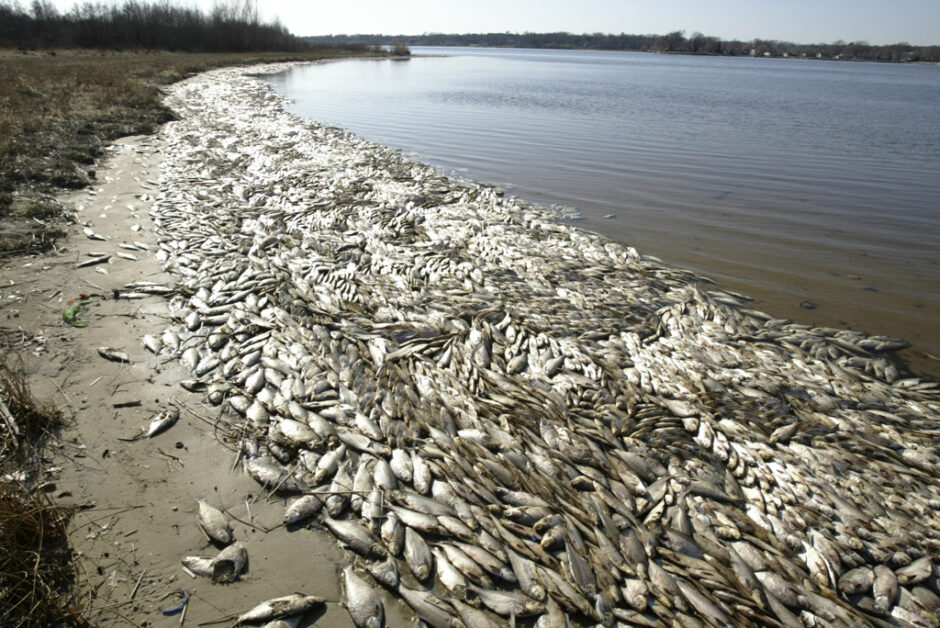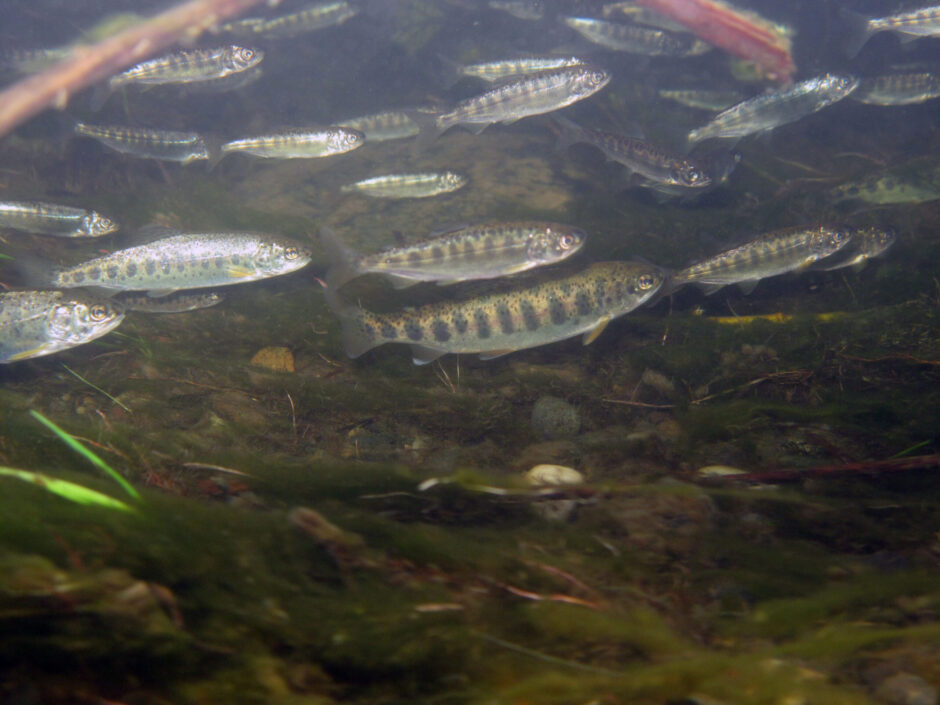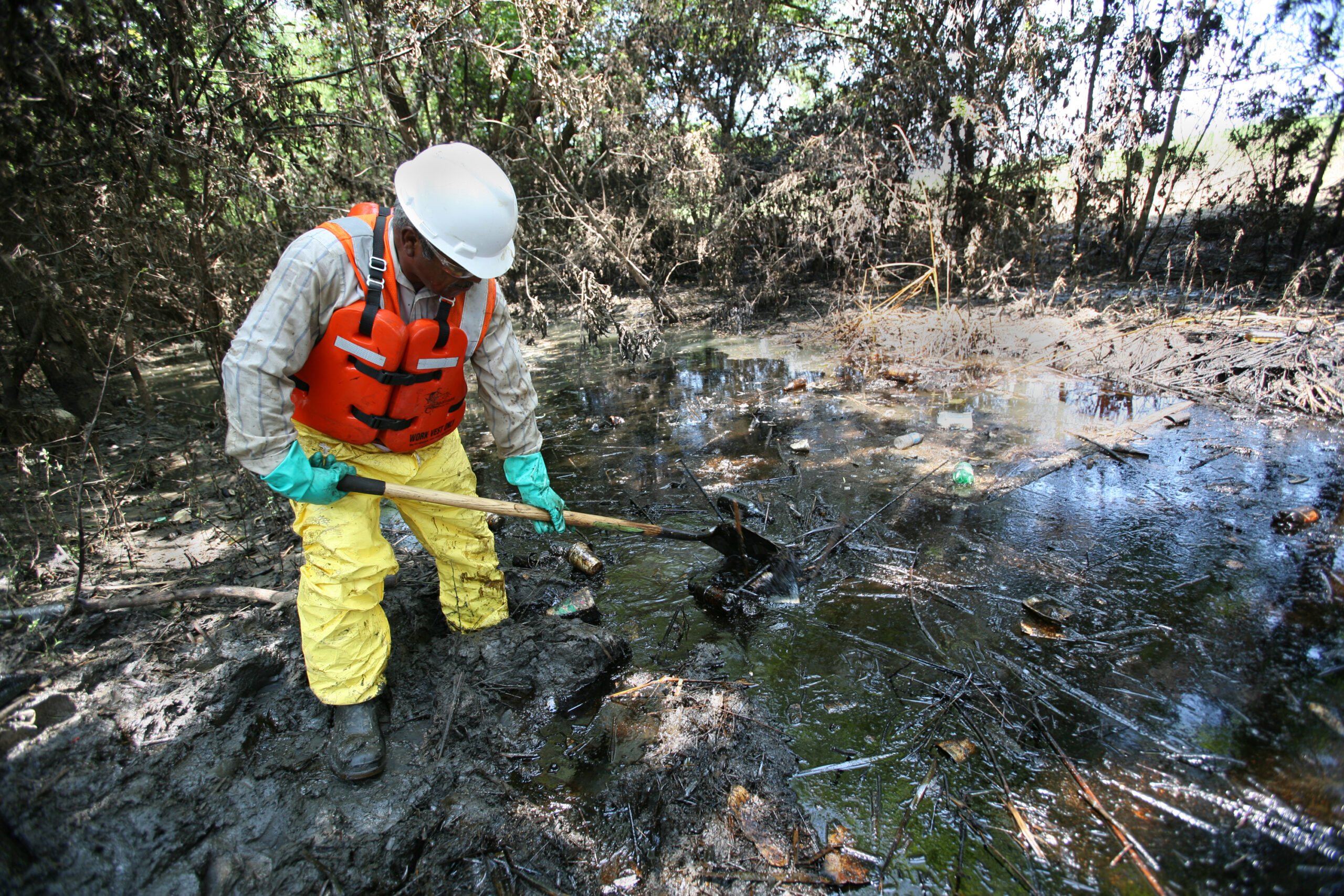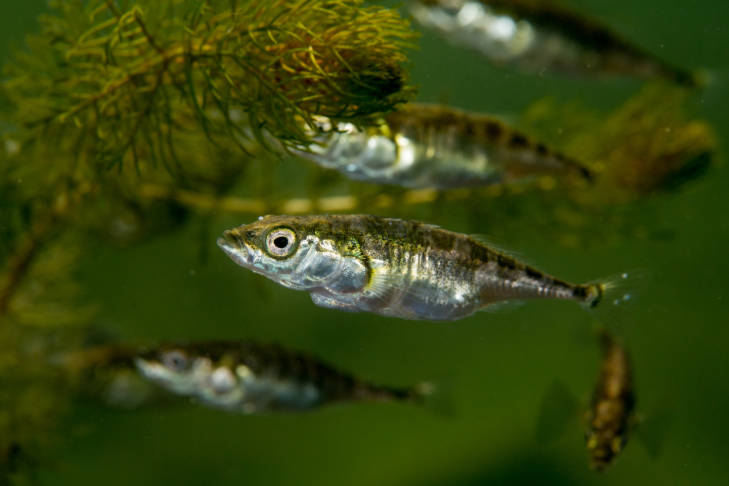Posts for tag "fish science"
Impacts of Thermal Stress on Aquatic Species
Under a rapidly changing climate, aquatic ecosystems are exposed to varying temperature extremes—both cold and hot—leading to thermal stress on aquatic species. As defined by Scient Direct, thermal stress refers to the impact on normal physiological functioning...
- Posted March 31, 2025
Monitoring in the Great Barrier Reef
An international icon and critical marine ecosystem, the Great Barrier Reef is a cornerstone of the region’s economy, biodiversity, culture, and history. However, anthropogenic stressors and climate change have led to some deterioration of areas of the...
- Posted March 24, 2025
Predation Tags: Innovative Fish Tracking
Fish tagging has been a common practice for years, usually helping researchers track the movement of fish through a fishery or the return of migratory fish. While there are many different kinds of fish tags, the most...
- Posted March 11, 2024
Using Models to Prepare the Great Lakes Fishery for Climate Change
Like other lake regions across the world, the Laurentian Great Lakes are facing changes as a result of climate change. In particular, the Great Lakes Fishery has been hit hard—impacting habitat suitability, fish health, water temperature, seasonal...
- Posted November 27, 2023
Ecosystem Service Map Directs Anglers to Mountains Streams
In 2014, researchers conducted a regional study to map the quality, capacity and demand of anglers in several freshwater sources in NC and VA.
- Posted October 23, 2023
Study: Impacts of Tiger Muskie on Stocked Salmonid Populations
Tiger muskies are popular with anglers as a highly sought-after trophy fish and have been thought to serve as protectors to hatchery fish.
- Posted October 16, 2023
Study: Forested Watersheds Make More Fish Food
A 2014 study in Daisy Lake looks at the effects of forested watersheds on lake fish as they rely on the tree line for food.
- Posted October 2, 2023
Eel Conservation in the United States and Europe
When you think of popular angling targets, a whole suite of species likely comes to mind: large- and smallmouth bass, trout and other salmonids, perhaps perch and walleye. But what about the eel?
- Posted September 11, 2023
Native Predators Control Asian Carp Populations in Illinois
Similar to round gobies in the Great Lakes, invasive carp in some parts of the U.S. have become the meal of choice for native predators.
- Posted August 28, 2023
Carp Removal Perspectives and Strategies
Understanding the impacts of carp, many resource departments have instituted carp removal programs to help protect the native ecosystem.
- Posted August 21, 2023
Understanding the Roles of Native Species in Coral Reef Resilience
Much like other ecosystems, coral reefs are comprised of complex flora and fauna that contribute to the creation and structure of the reef.
- Posted August 14, 2023
Declining Mountain Streams Still Supporting Fish
A compilation of research finds that mountain streams aren't as pristine as once believed but biodiversity still persists.
- Posted July 31, 2023
Study Backs Cheaper and More Efficient Habitat Solutions for Coho Salmon
A 2014 study supports an emerging method to improve habitat conditions for salmon more quickly and cheaply than traditional projects.
- Posted July 24, 2023
Unassessed Waters Initiative Finds Trout in Overlooked Streams
Pennsylvania's Unassessed Waters Initiative finds trout in overlooked streams with the help of local biologists and Trout Unlimited crews.
- Posted July 3, 2023
Understanding Snook Production in the Everglades
While snook are considered ecologically significant and a prized catch, much is still unknown about the species production in the Everglades.
- Posted June 26, 2023
Michigan’s Aquaculture Operation in the Great Lakes
Environmental stressors like invasive aquatic species and algae blooms in the Great Lakes have led Michigan to consider developing new aquaculture programs.
- Posted June 12, 2023
Smell Of Fish Makes People Think More Critically
When we say that something smells fishy, we usually don’t trust whatever it is. Now, science has backed up that saying with proof that fish smells actually make people more skeptical.
- Posted June 5, 2023
Chinook Salmon Stocking in the Great Lakes
Fin-clipping efforts in the Great Lakes are just one initiative that has made a difference in tracking native and hatchery-raised salmon.
- Posted May 22, 2023
Impacts of Dilbit on Fish
Dilbit spills can happen anywhere across the country, and the impacts on fish and aquatic systems remain to be fully understood.
- Posted May 8, 2023
After Alaskan Earthquake, Threespine Sticklebacks Quickly Evolved For Freshwater
After an earthquake in 1964, threespine sticklebacks evolved to meet freshwater habitat needs in a matter of a few decades.
- Posted May 1, 2023

